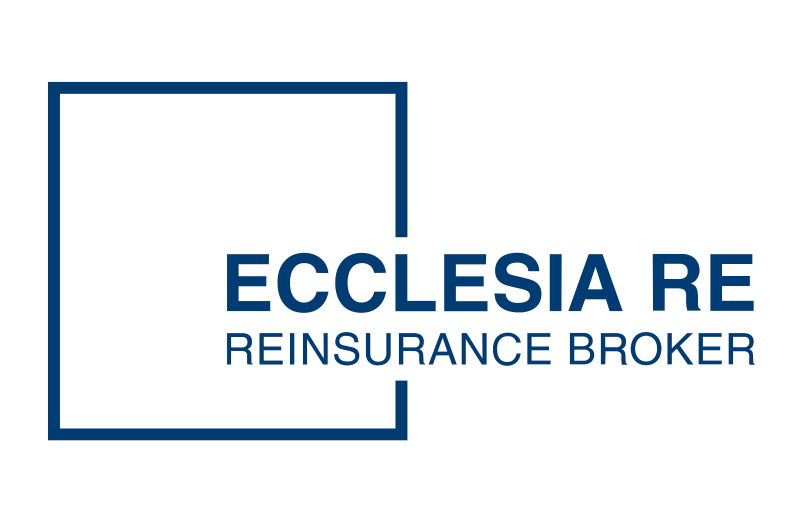Passive activity loss rules are complex. These rules prevent you from using tax losses from your rentals to offset your active income. A foundational understanding of the rules will save you thousands of tax dollars over your investing career.
And knowing how to review your tax return to ensure these rules were successfully applied is an investor superpower.
For instance, if you opened your tax returns, can you find the amount of suspended passive losses carried forward to next year? And can you easily determine if the losses from one rental offset the income from another passive activity you own?
Knowing the amount of suspended passive losses you are carrying forward is critical to decision-making around buying and selling rentals.
Unfortunately, few investors know how to monitor this information. In this article, I will tell you about the passive activity rules and how to track suspended tax losses from your rentals.
Tax Returns Are Overwhelmingly Complicated, and Investors Don’t Know What To Review
When you get your tax return back from your CPA, do you know how to review it?
Probably not, because:
- You haven’t had any formal tax training.
- The tax code is incredibly complex, and you don’t know all the rules.
- You don’t know where to start or what forms are important to check.
- Asking your CPA questions is intimidating (no one wants to look uneducated).
In the following steps, I will show you how to review a specific form: Form 8582.
Form 8582 is arguably the most important tax form in your entire tax return. It shows the netting process of passive income and losses (i.e., rental losses) and keeps track of your aggregate suspended passive losses.
Step 1: Understand the Passive Activity Rules
Before I walk you through Form 8582, I want to give you a basic understanding of the passive activity loss rules implemented in 1986.
These rules effectively created two types of income: passive and non-passive.
And here’s the problem: losses from passive activities can offset income from passive activities, but losses from passive activities cannot offset income from non-passive activities.
A passive activity is any rental activity unless you qualify as a real estate professional and any trade or business in which you do not materially participate. Losses from your rentals (a passive activity) cannot offset the income from your W-2 job or a business (a non-passive activity) that you actively participate in.
If you meet one of the exceptions to the passive activity loss rules, you can use rental losses to offset your non-passive income. This situation is generally where real estate professional status or the short-term rental loophole comes into play.
If your passive rental losses cannot be used, meaning you don’t qualify for an exception to the passive activity loss rules and your passive losses exceed your passive income, the excess losses become suspended and are carried forward into future years.
Tracking suspended passive losses, and going through this netting exercise, is where Form 8582 comes into play.
Step 2: Review the Netting Process
The netting of passive activities confuses both investors and accountants.
To give you some clarity, here are some examples of how passive activities net against each other:
- The loss from rental A can offset the income from rental B.
- The loss from a limited partnership (LP) investment in a syndicate can offset the income from rental A.
- The loss from an LP investment in a syndicate can offset the gain on sale from rental A.
- The income from an investment in a business (assuming it’s structured as a passthrough and you aren’t materially participating) can be offset by rental losses.
- The losses from a rental can offset the income from a passive investment in a surgical center.
This netting is powerful.
Let’s look at a few examples of Form 8582:
Example 1: How passive rental losses offset passive rental income
In Part 1 of Form 8582, you will find that all passive income and losses are reported and net out against each other on Line 3. As you can see by the below image, this investor has rental income and losses being reported on Lines 1a and 1b. The net is reported on 1d and carried to line 3.
Example 2: How the gain on sale of a passive rental activity allows you to use passive losses
Sometimes we hear feedback from landlords that their accountants won’t allow passive losses to offset the gain on the sale of a rental property. In that case, I point you to Temp. Reg. Sec. 1.469-2T, where you will find the gain from the sale of a passive activity (i.e., rental property) is included in “passive activity gross income,” thus allowing passive losses to net out against it.
The below image assumes we sold a rental for a $50,000 gain, as reported on Form 4797 and carried to Form 8582, and had passive losses from other rental activities of $25,000.

Example 3: How passive LP losses offset passive rental income
The below image shows the effect of investing in a real estate partnership and receiving a tax loss reported on the partnership’s Form K-1. The LP loss is reported on Line 2b and carried to 2d. But this investor also has passive rental income reported on 1a and carried to 1d. And then 1d and 2d net out on Line 3.

Example 4: How passive rental losses offset passive business income
The below image shows how you can use passive rental losses to offset passive business income. The rental losses are reported on Line 1b and carried to 1d. The passive business income (assuming you do not meet one of the seven material participation tests) is reported on Line 2a and carried to Line 2d. And then 1d and 2d net out on Line 3.

Step 3: Review Your Suspended Losses
Suspended losses are the last important part of Form 8582 that you need to pay attention to.
On page 2 of Form 8582, Part VIII, you will see a list of your passive activities (or reference to a statement if you have too many activities to fit in the lines). In column B, you will see the unallowed loss per passive activity. The total amount is the suspended passive loss you carry forward each year.

You will see this number on page 1 of next year’s Form 8582 being reported in Part 1 on Lines 1c and 2c. And that means they can be used to net against future passive income from rentals and business activities.
It’s critically important to track this number for three main reasons:
- It can help you make decisions about using a cost segregation study.
- It can help you decide about 1031 exchanges (if you have large suspended passive losses, you may choose to sell your rental outright rather than execute a 1031 exchange).
- It will help you keep your accountant accountable for quality work (sometimes, in years you switch accountants, the new accountant forgets to carry forward suspended losses).
In summary
The passive activity loss rules implemented in 1986 created passive and non-passive income.
Passive losses can offset passive income. Understanding this netting effect can help you plan your participation in your activities year-over-year.
But, passive losses cannot offset non-passive income unless you qualify for an exception to the passive activity loss rules or materially participate in a trade or business activity.
Lastly, annually tracking your suspended passive losses will help you make buying and selling decisions and hold your accountant accountable for a high-quality tax return.
Dreading tax season?
Not sure how to maximize deductions for your real estate business? In The Book on Tax Strategies for the Savvy Real Estate Investor, CPAs Amanda Han and Matthew MacFarland share the practical information you need to not only do your taxes this year—but to also prepare an ongoing strategy that will make your next tax season that much easier.
Note By BiggerPockets: These are opinions written by the author and do not necessarily represent the opinions of BiggerPockets.









































